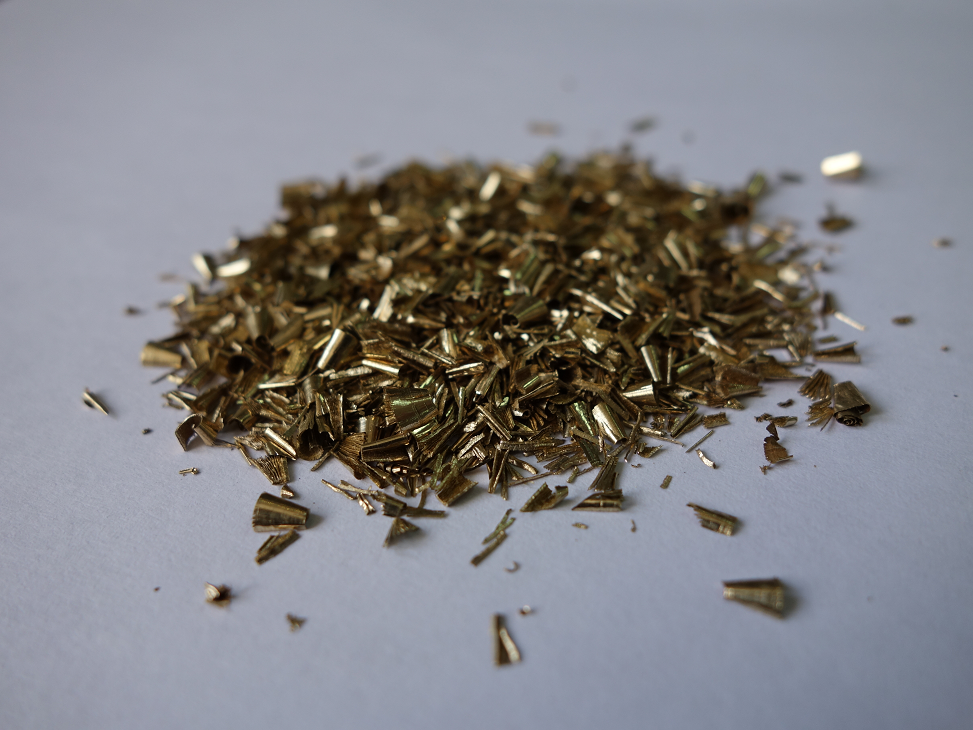 When it comes down to material choice, we get a lot of questions about what kind of materials JIL Gauges uses when a pressure gauge is made. We could conclude this with just saying “high quality” materials (as most manufacturers would do), but let’s not be vague here and explain a few things in more detail.
When it comes down to material choice, we get a lot of questions about what kind of materials JIL Gauges uses when a pressure gauge is made. We could conclude this with just saying “high quality” materials (as most manufacturers would do), but let’s not be vague here and explain a few things in more detail.
For now, we only concentrate on our most frequently used copper alloys - phosphor bronze, and brass -, but in later chapters we will take a look at other materials, as well.
OK, let’s start from the beginning.
If you are in the industry, you definitely have heard terrifying stories about cheaply made copper alloy gauges that have cracked, broken in half, or worse, hurt someone. These, of course, could have been avoided if uncontaminated and tested copper alloy were used.
So what phosphor bronze, and brass are exactly?
Let Wikipedia explain it for us:
“Phosphor bronze is an alloy of copper with 3.5 to 10% of tin and a significant phosphorus content of up to 1%. The phosphorus is added as deoxidizing agent during melting. These alloys are notable for their toughness, strength, low coefficient of friction, and fine grain. The phosphorus also improves the fluidity of the molten metal and thereby improves the castability, and improves mechanical properties by cleaning up the grain boundaries.”
“Brass is an alloy made of copper and zinc; the proportions of zinc and copper can be varied to create a range of brasses with varying properties. It is a substitutional alloy: atoms of the two constituents may replace each other within the same crystal structure. Brass is used for decoration for its bright gold-like appearance; for applications where low friction is required such as locks, gears, bearings, doorknobs, ammunition casings and valves; for plumbing and electrical applications; and extensively in brass musical instruments such as horns and bells where a combination of high workability (historically with hand tools) and durability is desired. It is also used in zippers. Brass is often used in situations in which it is important that sparks not be struck, such as in fittings and tools around explosive gases.”
It is clearly seen, that these materials are highly versatile and useful for manufacturers, but are these materials highly available, and cheap to produce? The simple answer would be “yes”, but the situation is not that simple.
We could make brass, and phosphor bronze by melting copper-zinc, or copper-tin-phosphorus respectively, but it would be uneconomical in the long run and wasteful of raw materials. That is why manufacturers, all around the world, use almost 100% brass/phosphor bronze scrap to produce their goods. If the scrap is pure (e.g. uncontaminated), a high quality product can be manufactured from it, but that said, proper material recycling becomes fundamentally important, and requires a lot of attention.
We heard about and saw lots of manufacturers using mixed, or contaminated copper alloy scrap (fallen on the ground, swept up, then used again, or alloys that contain other materials, such as solder), and that is unacceptable by any standard.
But here at JIL Gauges we are extra careful when we work with recycled materials. We don’t mix alloy compositions, but first sort and segregate them into grades, remelt the alloy, remove the contaminants, and finally our thorough inspection takes place just before they are prepared for reuse.
So rest assured, if you choose us, you get the quality you are looking for.
